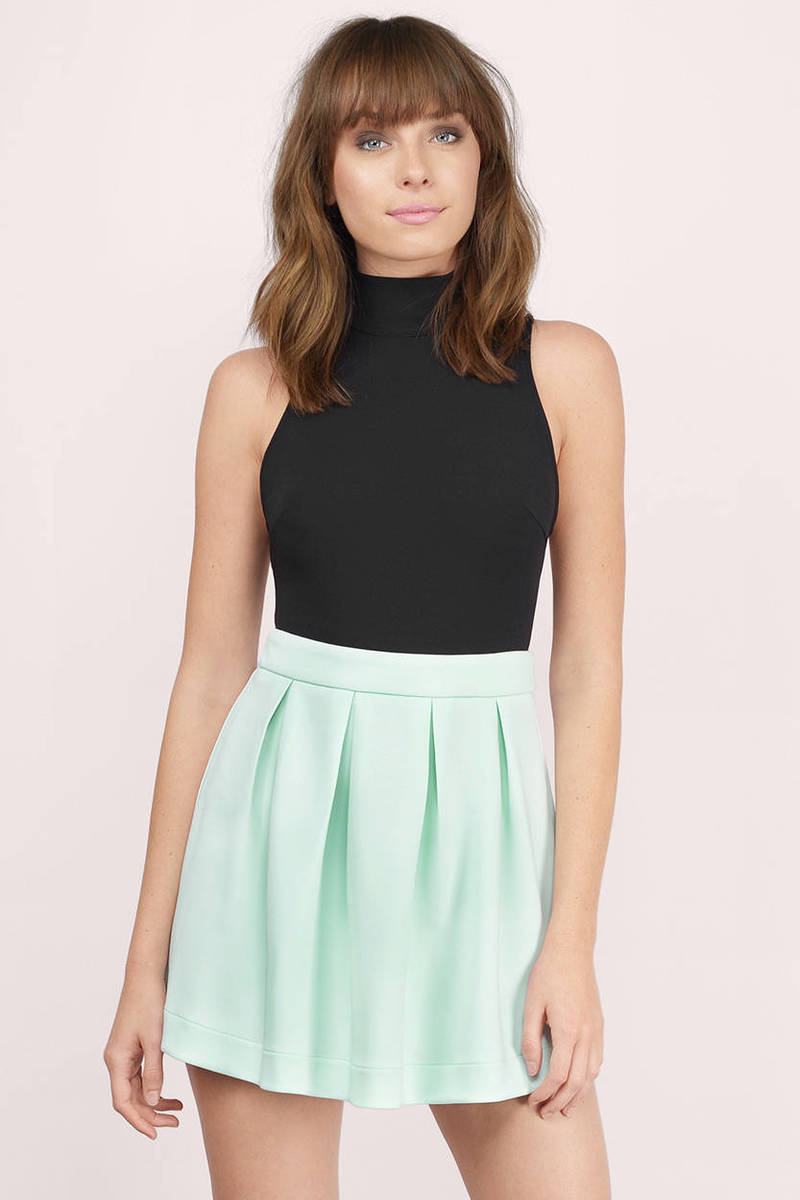
Her customers, would demand that she go ever shorter with her creations. “You’d had an increasingly conservative attitude from the 1930s through much of the 1950s, and the youth culture of the 1960s broke dramatically with that − although it had its roots in ‘50s youth culture, the beginning of the rise of rock ‘n’ roll and the idea of delinquence, and co-ed college girl style, but it really began to flourish in the 1960s,” observes Valerie Steele.įor Quant, it was the girls on the street who invented the miniskirt. Among its detractors, Coco Chanel dismissed the miniskirt as “just awful”. “Middle age business men would beat on the window and shout ‘It’s obscene, it’s disgusting.’ Extraordinary, isn’t it!” marvelled Quant in an interview with British Vogue’s Alexandra Shulman. With its audaciously brief hemline, the miniskirt − then worn with flat Mary Janes, zip-up knee-high boots and thick, brightly coloured tights − challenged society and shook up conservative values.

“The mini car went exactly with the miniskirt it did everything one wanted, it looked great, it was optimistic, exuberant, young, flirty, it was exactly right,” said Quant in the documentary Mary Quant, Mini Cooper, Miniskirt.Ī heady mix of messages, Quant’s coquettish miniskirts telegraphed a tongue-in-cheek girly innocence and playful attitude, all the while packing a rebellious punch to the repressed post-war generation of the ‘50s raised on no-frills utilitarian designs. What struck me was how the whole outfit focused on what she had on her feet: a pair of white ankle socks, and a pair of patent tap shoes with ankle straps … From that day on I was struck with this lovely vision of legs and ankles.” Quant, who turned 80 in February, famously named the miniskirt after her favourite car, the Mini Cooper. “She was wearing a short pleated skirt about 10in long, with a skinny black sweater, black tights and a bob haircut.

“During, I could hear exciting music coming from next door, and when I peeked through the glass I saw a tap-dancing class take place, and in the middle of the room, a girl a couple of years older than me who was the vision of everything I wanted to be,” Quant told The Week. Quant’s muse was an anonymous tap dancer she spied at the dance studio where she used to attend ballet class.

Quant, who ran the cult King’s Road boutique Bazaar (co-founded with her husband, Alexander Plunket Greene, and Archie McNair), started dealing in minis – hitherto the domain of sportswomen – in 1966, but she’d been experimenting with the look since her youth, when she would hitch up the skirt of her school uniform “to be more exciting-looking”.


 0 kommentar(er)
0 kommentar(er)
